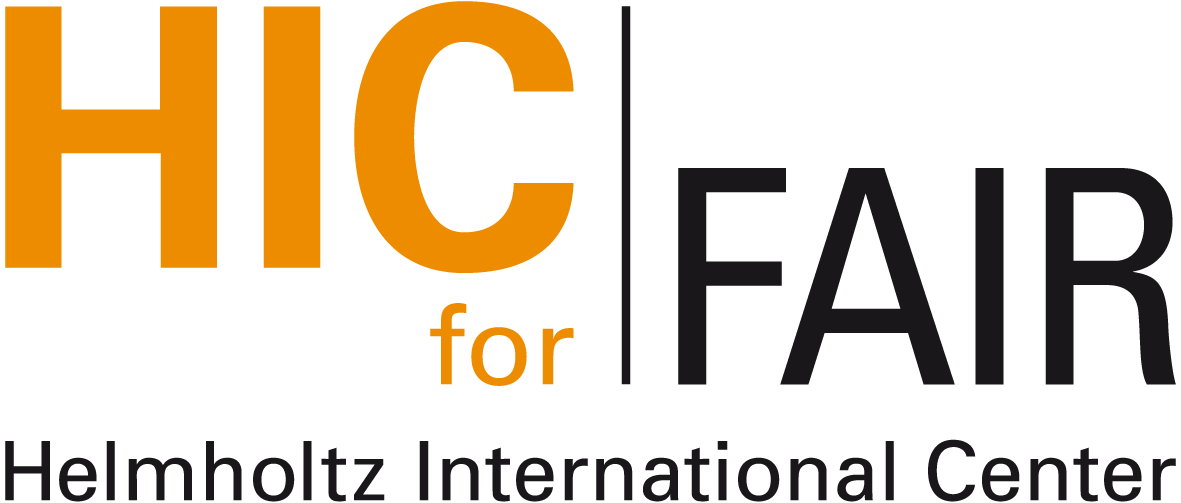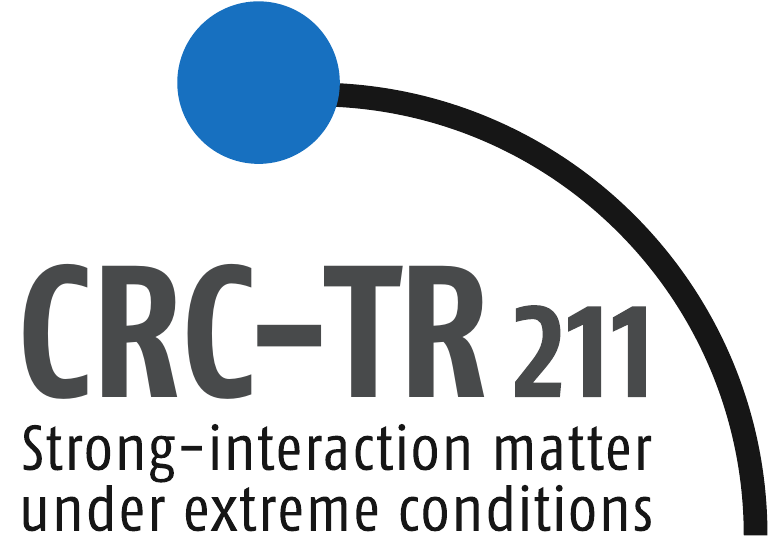
 Nuclear Theory
Colloquium
Nuclear Theory
Colloquium

 Nuclear Theory
Colloquium
Nuclear Theory
Colloquium
Venue: Physics Building, Max-von-Laue-Str. 1, Seminar Room PHYS 2.116
Time: Thursday, December 20, 4:30pm (s.t.)
Contact: hees@th.physik.uni-frankfurt.de
I will review the challenges and opportunities that are offered to theory and experiment by the fact that the transition from a deconfined state of quarks and gluons to a gas of hadrons is a crossover rather than an ordered phase transition. I will confront statistical and microscopic approaches to hadronization with lattice QCD predictions and experimental measurements. My focus will be on the role of conserved quantum numbers, such as flavor and baryon number, and the possibility of multi-quark clustering through quantum entanglement over a wide range of temperatures covered by the crossover. I will also comment on the extension of the QCD phase diagram to finite baryon-chemical potential, achievable, on the experimental side, with ongoing GSI/RHIC experiments and future FAIR experiments, and, on the theoretical side, with extensions to existing lattice QCD calculations and effective theories.